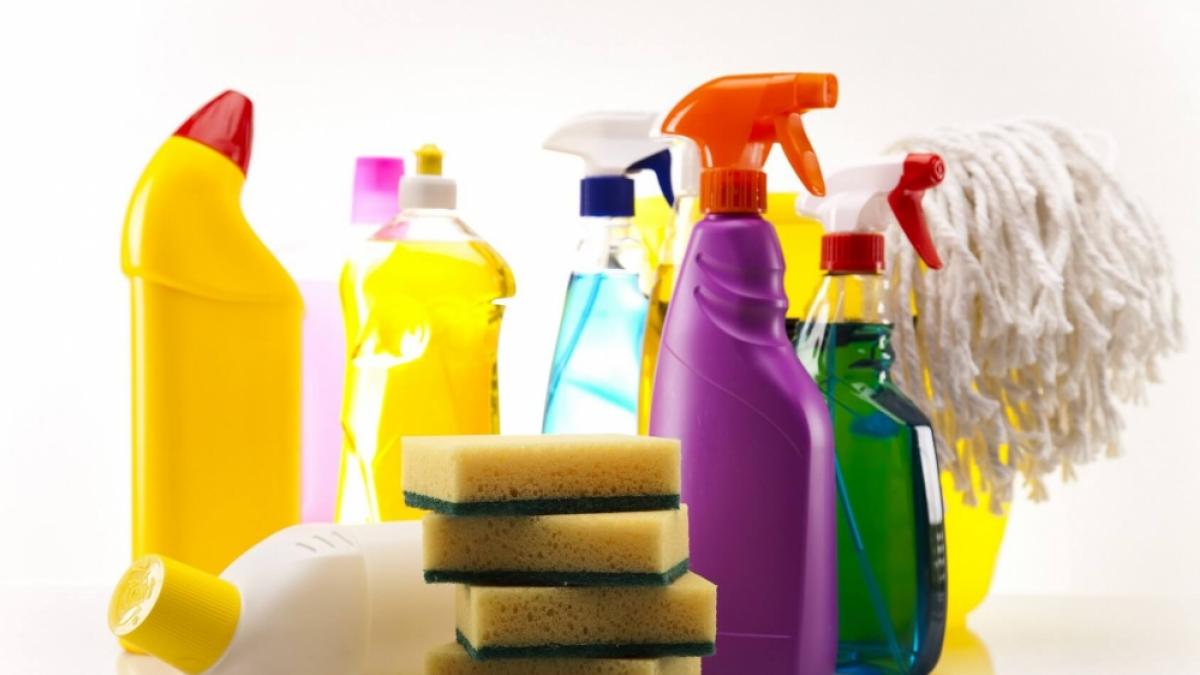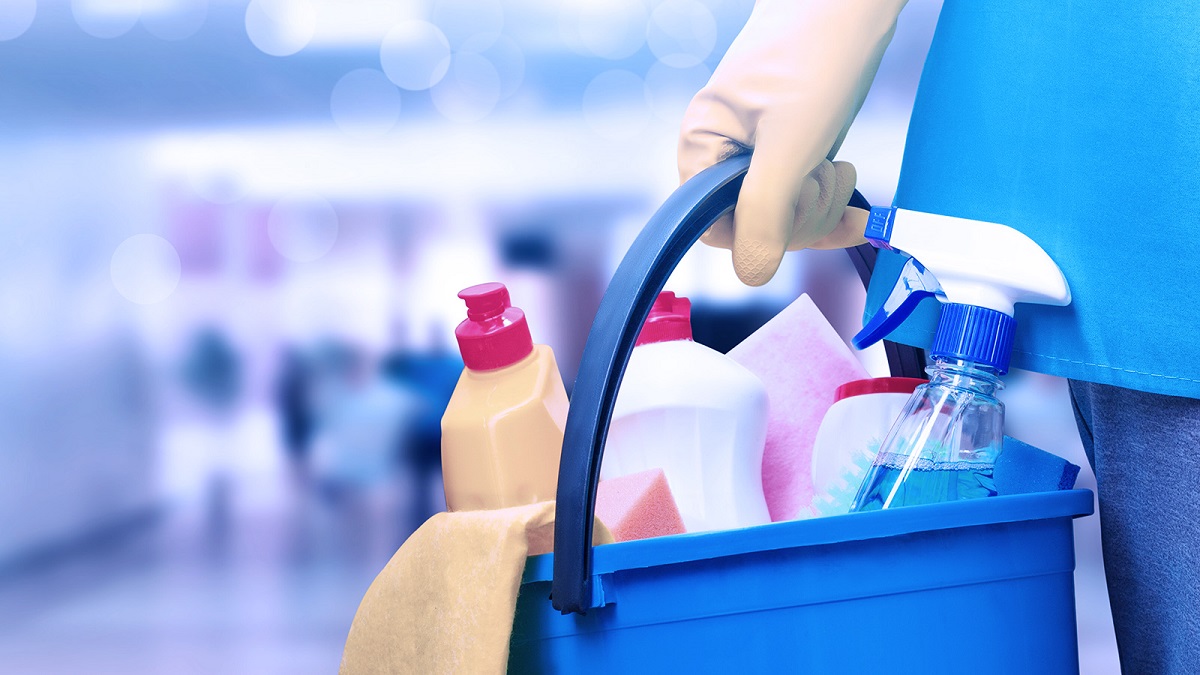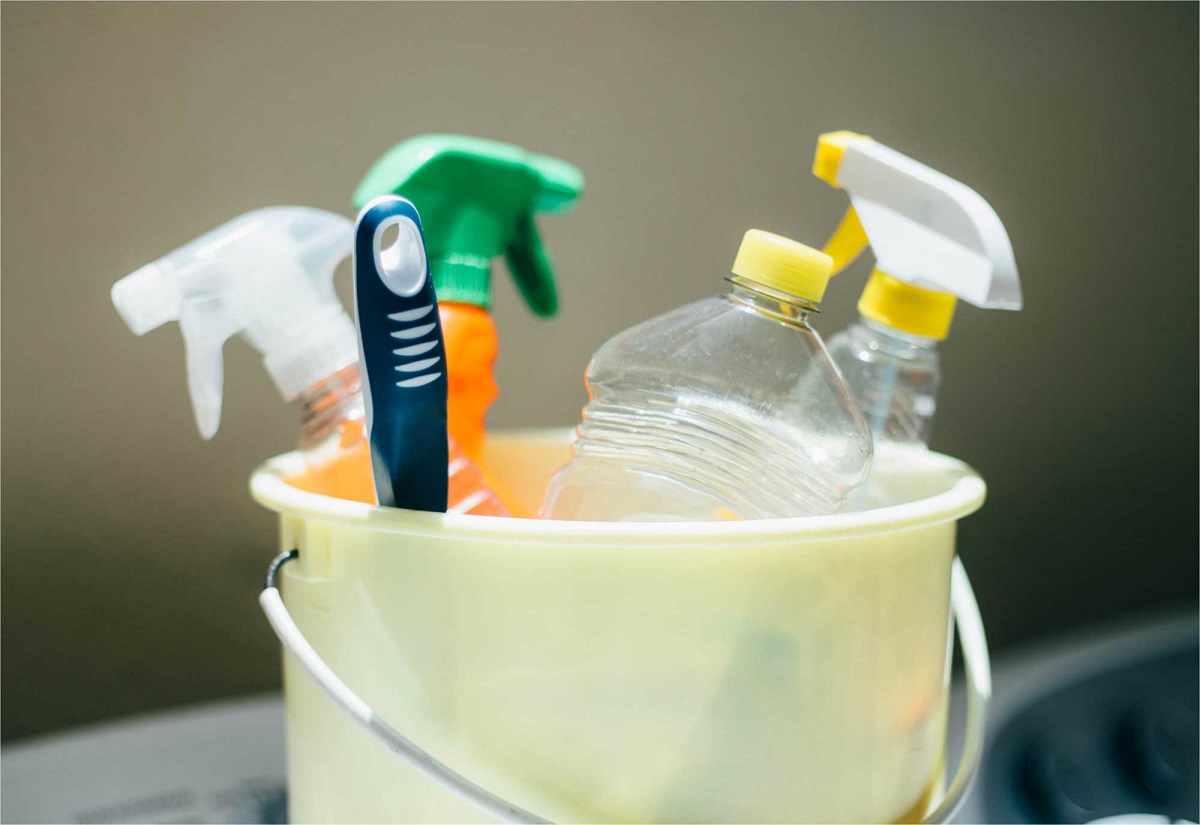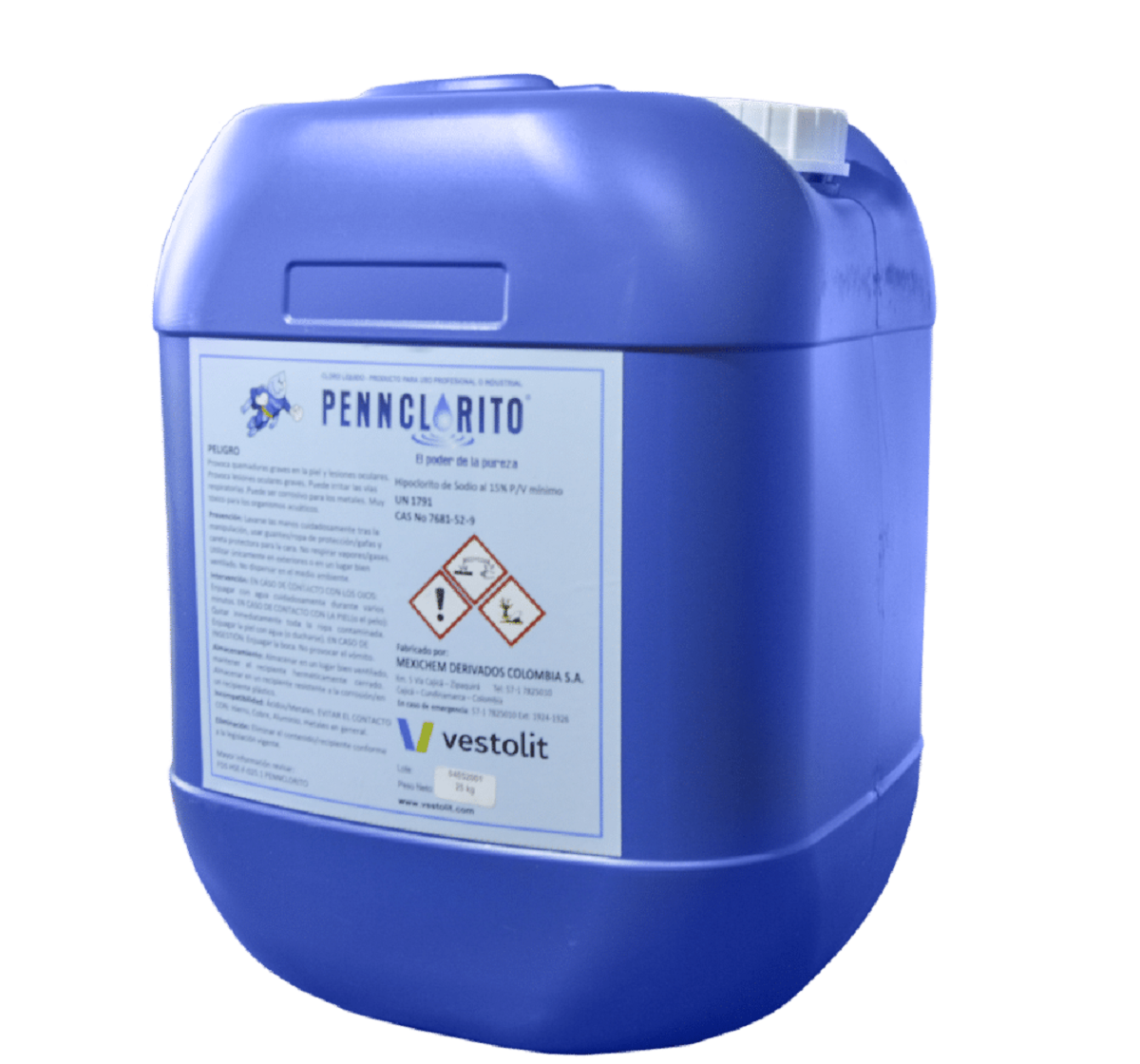
In the chemical industry, a large number of components are used for various uses. One of the most frequently used is the sodium hypochlorite. It is a chemical that is used mainly as a disinfectant and has multiple uses both in the industrial and domestic fields.
In this article we are going to tell you what sodium hypochlorite is, what its characteristics, uses and properties are.
What is sodium hypochlorite

Sodium hypochlorite is a substance widely used as a surface disinfectant, but it can also be used to disinfect human water. Sodium hypochlorite is commonly known as bleach or chlorine, and is sold as a 2,0% or 2,5% sodium hypochlorite solution.
It can be purchased at supermarkets, grocery stores or pharmacies. There are homemade tablets on the market, generally a liter of water is used to disinfect a tablet, but pay attention to the type of sodium hypochlorite that is sold, because sodium hypochlorite is also sold as table salt, solution or tablet, which is uses for the disinfection of water tanks, wells and swimming pools. In these cases, the substance is present in higher concentrations and can cause health problems.
What is sodium hypochlorite for?

Sodium hypochlorite is used to clean surfaces, whiten sheets, wash vegetables, and disinfect human water to reduce the possibility of contamination by viruses, parasites, and bacteria that cause diarrhea, hepatitis A, cholera, or rotavirus.
Usually, the concentration of sodium hypochlorite used in the purification of water must not exceed 10%, and the dosage of the product must be between 0,5 and 1 mg/l. It should be noted that the sodium hypochlorite used in this process is not commercial chlorine, since the latter contains other chemicals that can be harmful to human health.
In addition, it is worth mentioning that it is also used to treat wastewater and industrial water. This is because it eliminates unpleasant odors and prevents the spread of bacteria and mucus.
Due to its oxidizing power, it is an ideal ingredient for the treatment of swimming pool water, using active chlorine in a concentration of the order of 12,5%. This prevents the spread of diseases that can be transmitted in the water and eliminates the microorganisms present in the water.
Sodium hypochlorite is also used as an irrigant in solutions in certain dental procedures, as it helps fight the spread of bacterial infections, spores, fungi, and viruses. Also, it helps dissolve dead tissue.
Another common use of bleach or sodium hypochlorite is bleaching fabrics. The purpose of this is to quickly achieve a worn or aged look. This process is usually carried out on linen and cotton garments.
How is it used

The way sodium hypochlorite is used varies depending on the application:
Purify the water
To make drinking water drinkable 2 to 4 drops per liter of sodium hypochlorite at a concentration of 2 to 2,5% are recommended. This solution should be stored in an opaque container to avoid confusion with clear liquids and to prevent accidents.
It is important to cover the container and wait 30 minutes after adding a drop of water to consume the water. This time is necessary for the disinfection to take effect, thus killing all the microorganisms. Sodium hypochlorite disinfection water is used for drinking, cooking, washing vegetables, washing fruits and vegetables, washing dishes and bathing.
Disinfect surfaces
To disinfect surfaces and eliminate viruses and bacteria, it is recommended to mix 4 teaspoons per liter of water, which is approximately equivalent to 1 tablespoon of sodium hypochlorite per 1 liter of water. For example, this water should be used to disinfect surfaces such as counters, tables, or floors.
Solutions for such uses have very low concentrations of sodium hypochlorite and are widely used due to their availability and low price. It should be noted that this compound (in the lowest concentration) is also used in the hygiene sector to treat eczema. Likewise, it is a very useful product when it comes to sterilizing surgical material or tools that require a high degree of sterilization.
Recommendations for use
When working with this chemical, it is important to avoid direct contact with the substance because it is corrosive and can cause skin and eye burns in high concentrations. Therefore, it is recommended to wear gloves when using this product.
If more than the recommended dose of sodium hypochlorite is accidentally used, immediately rinse the exposed area with running water and watch for symptoms such as itching and redness. When an overdose of this substance is ingested, symptoms of poisoning, such as vomiting, coughing, and difficulty breathing, may require emergency medical attention.
However, sodium hypochlorite is safe for health if used within the recommended range, and water treated with it can be given even to infants and children. In case of doubt, it is advisable to provide them with bottled mineral water only.
In case of poisoning, the following is recommended:
- Get immediate medical attention and do not induce vomiting unless directed to do so by poison control or a health care professional.
- If the chemical comes into contact with skin or eyes, rinse with plenty of water for at least 15 minutes.
- If the person has ingested the chemical, give them a small amount of water or milk right away, unless a doctor tells you otherwise. Do not give milk or water if the patient has symptoms of difficulty swallowing, such as vomiting, seizures, or decreased alertness.
- If the person has inhaled the substance, take them to fresh air immediately.
Preparation of 0,1% chlorine solution for hand washing
If the concentration of the chlorine bottle is 1%:
- Add 100 ml of 1% sodium hypochlorite to 1 liter of water (equivalent to 10 tablespoons, or 10 plastic caps or 3 oz bottles)
- Add 150 ml of 1% sodium hypochlorite (equivalent to 15 tablespoons, or 15 plastic caps or 4 oz bottles) to a pint bottle of water (usually a soda container)
I hope that with this information you can learn more about sodium hypochlorite and its characteristics.